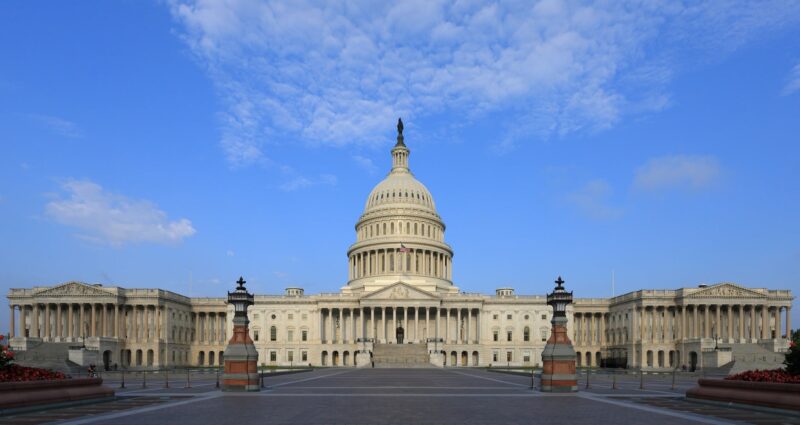
President Barack Obama on Thursday signed a stopgap budget bill that freezes federal spending at fiscal 2016 levels and leaves the Energy Department with an annualized budget of $29.5 billion through Dec. 9, which suggests that some of the National Nuclear Security Administration’s (NNSA) sites and major infrastructure projects may be left with less than they need until a new budget deal is reached.
Under the continuing resolution, which Congress approved Wednesday after weeks of partisan bickering unrelated to nuclear programs, the NNSA will get less than the White House sought for the budget year that begins Saturday – the currently enacted $12.5 billion instead of its $12.9 billion request – potentially putting programs under new budget pressure.
With a straight extension of fiscal 2016 funding, the NNSA would receive roughly $1 billion a month, about 3 percent less than the administration’s request rate for fiscal 2017. That means funding for some sites will be frozen at a lower level than the NNSA requested.
These are the Kansas City, Mo., National Security Campus, which was set to receive $744.9 million, up from the currently enacted $615.6 million; the Nevada National Security Site, which was to receive $396 million, up from $376 million; the Pantex Plant in Texas, which requested $707.7 million, up from $661.4 million; the Savannah River Site, which requested $358 million, up from $306 million; and the Y-12 National Security Complex in Tennessee, which requested $1.5 billion, up from $1.3 billion.
The NNSA requested an additional $442.8 million in fiscal 2017 for infrastructure and operations, an increase to $2.7 billion that would be used to address the $3.7 billion site deferred maintenance backlog, upgrade aging infrastructure, and dispose of the Kansas City Bannister Federal Complex. In addition to stabilizing deferred maintenance, the increase would be directed toward maintenance projects for the Los Alamos National Laboratory’s Plutonium Facility, the Nevada site’s U1a Complex, and Y-12’s uranium and lithium operations, among others.
Lawmakers, NNSA site managers, and agency Administrator Frank Klotz said at a recent hearing that the agency would not be able to tackle the growing deferred maintenance backlog at the current pace and funding level of infrastructure work.
The 2017 budget also requested an additional $115.6 million for construction of the Uranium Processing Facility, for a total of $827 million. The funding would go toward construction of approved subprojects with the intent to complete the facility on time and within its $6.5 billion budget. Someone in the industry said they had not heard any concerns that UPF construction would be impacted by the funding freeze, however.
With the season’s only must-pass bill out of the way, Congress now adjourns until mid-November so members can campaign ahead of the election on Nov. 8. By the time lawmakers return to Washington to begin earnest negotiation on a permanent fiscal 2017 budget, either Hillary Clinton or Donald Trump will have been elected president of the United States.
Speaker of the House Paul Ryan is reportedly considering a minibus method, or small groupings of several spending bills, as an alternative to an omnibus appropriations bill. The Senate passed its energy and water appropriations bill in April, while the House did not approve its version.
The House and Senate will also continue to conference on the National Defense Authorization Act after they return from recess. The legislation sets authorized spending levels at the NNSA.
The NNSA has not weighed in on any potential concerns it might have with the freeze in funding.